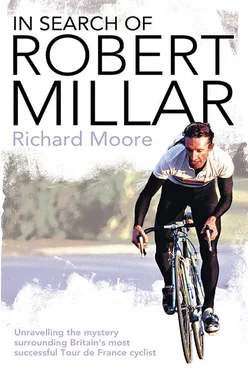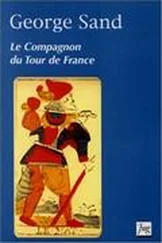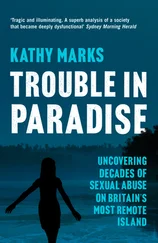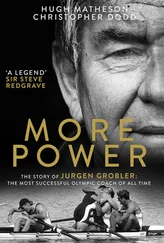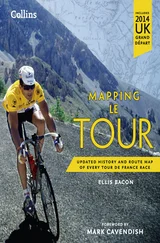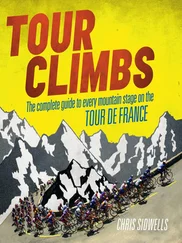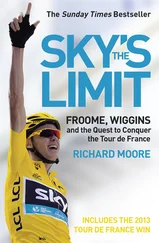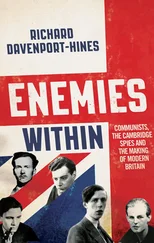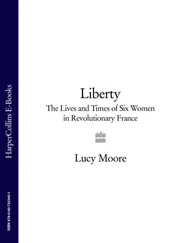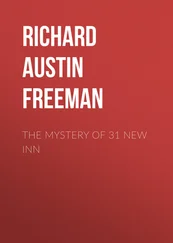I visited the ‘vertical street’ where Millar lived – on Shawbridge Street, in Pollokshaws – and found a twenty-two-storey tower block surrounded by quiet residential streets, and beyond them, acres of green parkland: Pollok Park. Other than the tower blocks – there are a dozen of them, jutting into the sky like sore thumbs – it is a leafy, pleasant place. And it was a pleasant place when the Millars moved there, the tower blocks modern, shiny and new. For a young child in particular it would no doubt have been an exciting place to live. The Millars occupied a flat on the eleventh floor, with views across Glasgow, the green expanse of Pollok Park and, to the west, out across rural Renfrewshire.
Many of Glasgow’s tower blocks have now been knocked down, but those in Pollokshaws survive – just. Decay has set in, just as it had taken hold of the Gorbals by the 1950s, and today the blocks seem to remain standing solely to provide people seeking emergency housing with a temporary place to stay. I met a young Asian boy in the stairwell and, a little naively, asked whether anyone had lived there for any length of time. I had imagined that neighbours of the Millars might still be living there; they might even remember young Robert squeezing his bike into the metal-doored lift to take it up to his bedroom, which was where, according to neighbours, he kept it.
‘Yes, there are some people who’ve been here a long time,’ said the boy.
‘Really?’ I replied. ‘Would anyone have been here for thirty, forty years?’
The boy smiled – out of pity, I think. ‘No way! No one stays here that long. When I said long, I meant about a year.’
When the Millars moved from the Gorbals to Pollokshaws, Robert was transferred to the Sir John Maxwell Primary School, spending three years there before moving into one of the city’s more famous secondary schools, Shawlands Academy. The academy is an old sandstone building which, even today, has none of the trappings of so many other large inner-city secondary schools, some of which can be quite forbidding. There are no coils of barbed wire or broken glass encrusting the tops of the walls; no graffiti scarring the walls; no outward signs of violence, or means of deterring it. Rather, the impression is of nothing less than respectability. In fact, Shawlands is now considered one of Glasgow’s most up-and-coming suburbs. The school has one dark secret, though. Robert Millar is not the only former pupil who went on to achieve fame – or, in the case of one individual, infamy.
John Martyn, the celebrated folk musician, was Millar’s elder by ten years and two days. Although there is no reason other than the fact that they attended the same school to draw any comparisons between Martyn and Millar, it is impossible to resist the temptation. Martyn, like Millar, displayed a healthy disregard, verging on contempt, for authority. The future musician walked barefoot to school; the future cyclist – by now known to many of his fellow pupils as Bobby – went to war with his teachers over his insistence on wearing a denim jacket instead of the school blazer. Martyn railed against the city’s obsession with football; and so, in a more subtle way, did Millar, by virtue of his preference for cycling. Like Millar, Martyn didn’t really fit the Glasgow stereotype of the hard man; he was really too Bohemian and cerebral for violence. Plus, fighting might have been difficult with bare feet. He did once claim, however, that ‘You went out and kicked a few heads or you were looked on as a pansy.’ A more infamous ex-pupil of Shawlands Academy, to whom an especially virulent form of violence became familiar, is someone the school and the city would rather keep a secret: the Moors murderer Ian Brady. With Myra Hindley, Brady abducted and murdered five children in the 1960s, burying four of them on the moors surrounding Manchester. He also spent his early years in the Gorbals before moving out to the suburbs.
Willie Gibb confirms that the description of Millar as a ‘quiet rebel’ was accurate. If he was asked something in class he’d offer a yes or a no, without elaboration, even – or especially – when the teacher was looking for a little more. ‘It was like he couldn’t be bothered,’ suggests Gibb. ‘But he didn’t go out his way to make trouble. I mean, he got up to mischief. There was one occasion at school when he brought a quarter bottle of Crawford’s Four Star whisky and he was drinking it in the school toilet. I know, because I found him.’ According to Gibb, it was not uncommon for some of the older pupils to ostentatiously display their bottles of beer at school. A delivery lorry would appear at the bowling club beside Shawlands Academy, usually loaded with crates of beer, some of which would inevitably find their way into the possession of the pupils. Fortified wine was another popular tipple. But whisky was not. In this respect, notes Gibb, ‘It was typical of Robert to up the ante a little bit.’ Gibb also recalls an incident that could have ended in more serious trouble. When he was 15, Millar and another friend, Tom Brodie, broke into a local joinery workshop, entering through the roof. ‘But they couldn’t get back out,’ says Gibb with a smile. ‘When the guys came and opened the shop the next day they found them and had them arrested. I think Brodie spent the night in Barlinnie [the Glasgow prison], but Robert, because he hadn’t turned 16 yet, got away with it.’
At a school like Shawlands, or any state school in Glasgow, football was a core, or compulsory, activity. Alongside poverty and violence, it was an aspect of Glasgow life that was, and is, difficult to escape. To say that Glasgow is obsessed by football is like observing that in Dublin they are partial to a pint or two of Guinness. The city is both defined and divided by football, more accurately by the Celtic–Rangers rivalry and the tribalism inherent in this. It is a rivalry that has its roots in religion – Celtic represent the Catholic community, Rangers represent the Protestant community – and inevitably, games between the two halves of the ‘Old Firm’ have tended, historically, to perpetuate the city’s violent reputation. Millar, Gibb told me, didn’t feature in the school football team, but not because he couldn’t play. ‘Although he was skinny and small, he was strong. You couldn’t knock him off the ball. He certainly wasn’t bad. But he didn’t seem to show a lot of interest in it.’
In fact, much like his father, whose big passion seems to have been ballroom dancing, at no stage in his life does Millar appear to have shown any interest in football, which more likely owed to a lack of interest, or rebelliousness, than to his small build. Indeed, some of the city’s finest footballers have been small – Jimmy ‘Jinky’ Johnstone, of Celtic’s 1967 European Cup-winning team, being, at 5ft 4ins, the most obvious example. Such players, though, tended to be fast as well as skilful. It is interesting that Gibb cites Millar’s strength as his main attribute. As a cyclist it would be this, along with his endurance, that allowed him to excel. Millar, according to Gibb, was a decent footballer rather than an outstanding one. He could hold his own but he didn’t dazzle. Moreover, he showed no interest in it – which would count as an act of rebellion in Glasgow, or at least as an example of not following the pack. When in 1985 he returned to Glasgow, having scaled the heights of the Tour de France, he was asked by the city’s paper, the Evening Times , whether he craved more recognition in his home country. ‘Football and rugby are the two main sports here so the top men must come from them,’ he acknowledged. ‘However, it’s nice to be appreciated.’
By the 1960s, however, there was an alternative weekend pursuit to watching football. In Glasgow, as in many working-class cities throughout Europe, the bicycle was becoming a reasonably popular, if marginal, pastime. Initially it was a handy and cheap mode of transport for the working man, getting him to the factory or the shipyard, and then home, often in wobbly fashion, from the pub. And for a few, perhaps those who weren’t wedded to the football culture, it also provided a means of escape at the weekends.
Читать дальше
